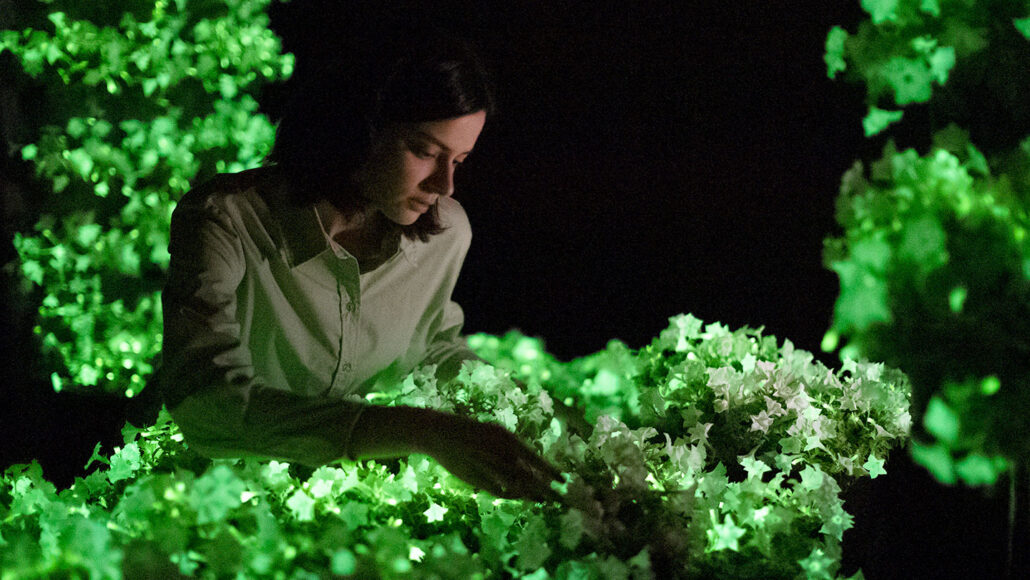Questions for ‘Bionic plants and electric algae may usher in a greener future’

These green leaves are not illuminated by lights. Their glow comes from within. This glow-in-the-dark trait is part of their DNA, due to some fancy bioengineering. The goal: Make tomorrow’s technology more in tune with nature.
K. Wood/Light Bio